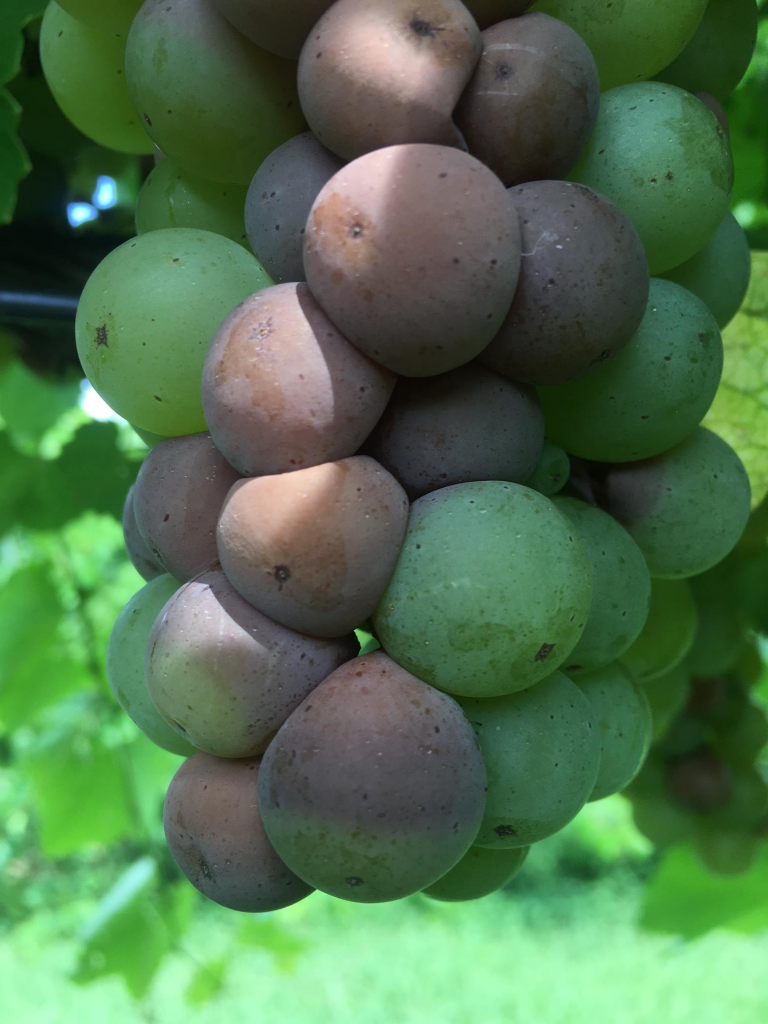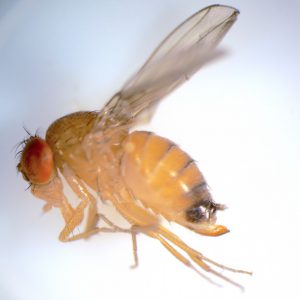By Clint Thompson
Southeast grape producers should be mindful that the time is now to manage spotted wing drosophila (SWD) flies. Doing so will help suppress sour rot in grapes that are susceptible.


Brett Blaauw, assistant professor at the University of Georgia (UGA) College of Agricultural and Environmental Sciences, noted in the UGA Extension Viticulture Blog, that the flies are active year-round but are most threatening to grapes during the veraison period.
Brix levels in wine grapes approach 15 degrees Brix, becoming highly susceptible to the flies.
“During veraision is when the sugars start to build up. They become sweet and are starting to ripen and become more attractive to the SWD. The secondary problem is because those sugars are developing, that becomes a new resource for pathogens. When it comes to sour rot, it becomes a combination of yeast and fungi and I think bacteria as well,” Blaauw said. “All three of those will feed on sugars, and that helps them reproduce, causing the fruit to start to rot. When you have rotting fruit, that becomes attractive to all of the other vinegar flies. The fruit becomes attractive to the SWD as well as the typical flies. They can come in and pick up the yeast, fungi and bacteria and move them from berry to berry, basically transmitting that disease across the vineyard.”
Sanitation of the vineyard can help reduce fly populations. Canopy management can also make the vines less favorable for SWD.
Growers who have a history of SWD in their vineyards should apply insecticide treatments when the grapes are near 15 degrees brix. Insecticides should be applied every 7 to 10 days.
The combination of an insecticide and Oxidate 2.0 significantly reduced SWD and sour rot prevalence in Blaauw’s treated research plots.
Click here for the appropriate insecticides to use.










